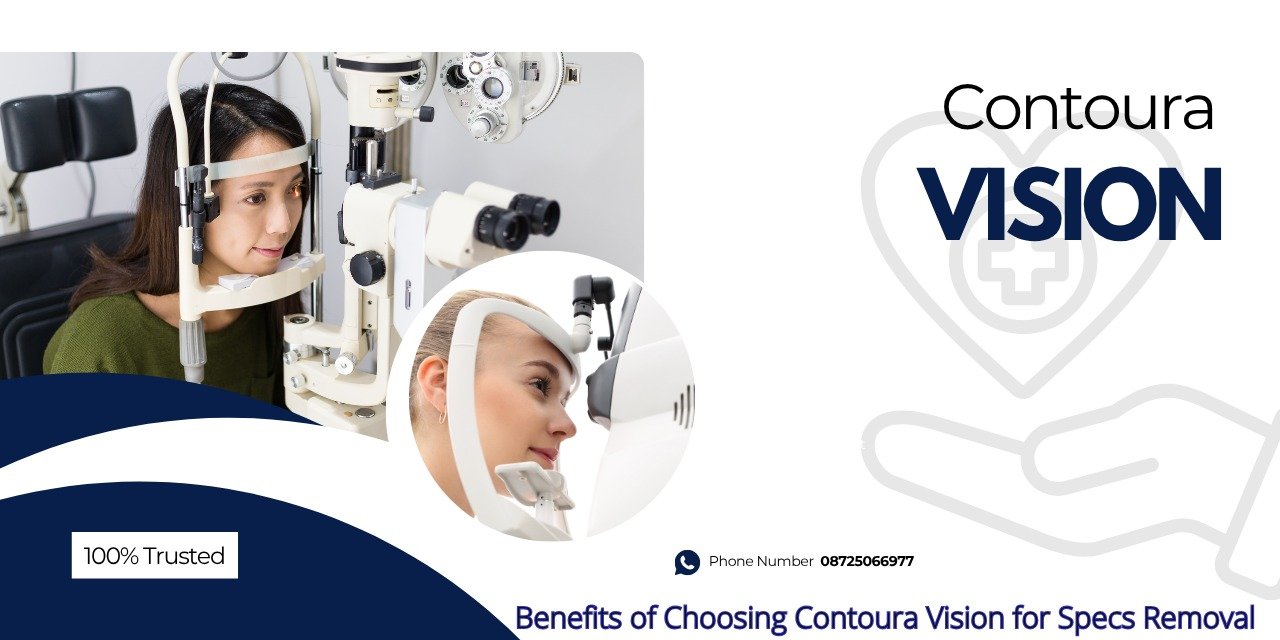Diabetic retinopathy is a complication of diabetes that affects the eyes. High blood sugar levels can cause damage to the blood vessels in the retina, the light-sensitive tissue at the back of the eye. Over time, these damaged vessels can leak blood or other fluids, causing vision problems and, in severe cases, vision loss. Diabetic retinopathy progresses through different stages, starting with mild, non-proliferative retinopathy, and potentially advancing to more severe stages that could lead to blindness.
What is Diabetic Retinopathy?
Diabetic retinopathy is a complication of diabetes that affects the eyes. It occurs when high blood sugar levels damage the blood vessels in the retina, potentially leading to vision loss. Early detection through regular eye exams is vital for preventing severe complications.
Eye Exams Important for Diabetics
Diabetic retinopathy often develops without any noticeable symptoms in its early stages, making regular eye exams crucial for early detection and treatment. With timely intervention, vision loss can often be prevented, and the progression of the disease can be slowed down.
Regular eye exams for diabetic patients are essential for:
- Early detection: Catching the early signs of diabetic retinopathy allows for treatments that can help preserve vision.
- Monitoring progression: If you have already been diagnosed with diabetic retinopathy, regular eye exams help track the progression and adjust treatments as needed.
- Other eye health issues: In addition to diabetic retinopathy, diabetics are also at higher risk for conditions like cataracts and glaucoma, both of which can also be detected during an eye exam.
Factors Influencing Exam Frequency
While the standard recommendation for diabetics is an annual eye exam, certain factors may lead your doctor to suggest more frequent visits:
Uncontrolled blood sugar levels: If your blood sugar is not well-managed, your risk of developing diabetic retinopathy increases, requiring more frequent monitoring.
High blood pressure: Hypertension can increase the risk of retinopathy in diabetics, leading to the need for more regular eye exams.
Existing eye conditions: If you have already been diagnosed with any stage of diabetic retinopathy or other eye issues such as cataracts or glaucoma, more frequent exams may be necessary to monitor and treat these conditions.
Duration of diabetes: The longer you have diabetes, the higher your risk of developing diabetic retinopathy. If you’ve had diabetes for many years, you may need to see your eye doctor more often.
How to Protect Your Eyes from Diabetic Retinopathy
While regular eye exams are crucial, there are additional steps diabetics can take to protect their eyes from diabetic retinopathy:
- Control blood sugar levels: Keeping your blood sugar levels within the target range can help prevent or slow the progression of diabetic retinopathy.
- Monitor blood pressure and cholesterol: High blood pressure and cholesterol levels can increase your risk of developing eye problems, so it’s important to manage these conditions.
- Quit smoking: Smoking increases the risk of diabetic complications, including retinopathy, so quitting is one of the best things you can do for your eye health.
Conclusion
Diabetic retinopathy is a serious but manageable complication of diabetes. Regular eye exams play a critical role in detecting and treating this condition early, allowing patients to maintain their vision and overall quality of life. For the Eye Exam in Chandigarh, it is recommended to get an annual eye exam, or more frequently if advised by your doctor.If you are due for an eye exam or have concerns about your eye health, contact Dr. Avnish Gupta at Nimbus Eye Centre today. Schedule your appointment by calling +91 7696335577 and ensure your eyes are receiving the care they need.













